At a glance: Act 250 and smart growth in Vermont
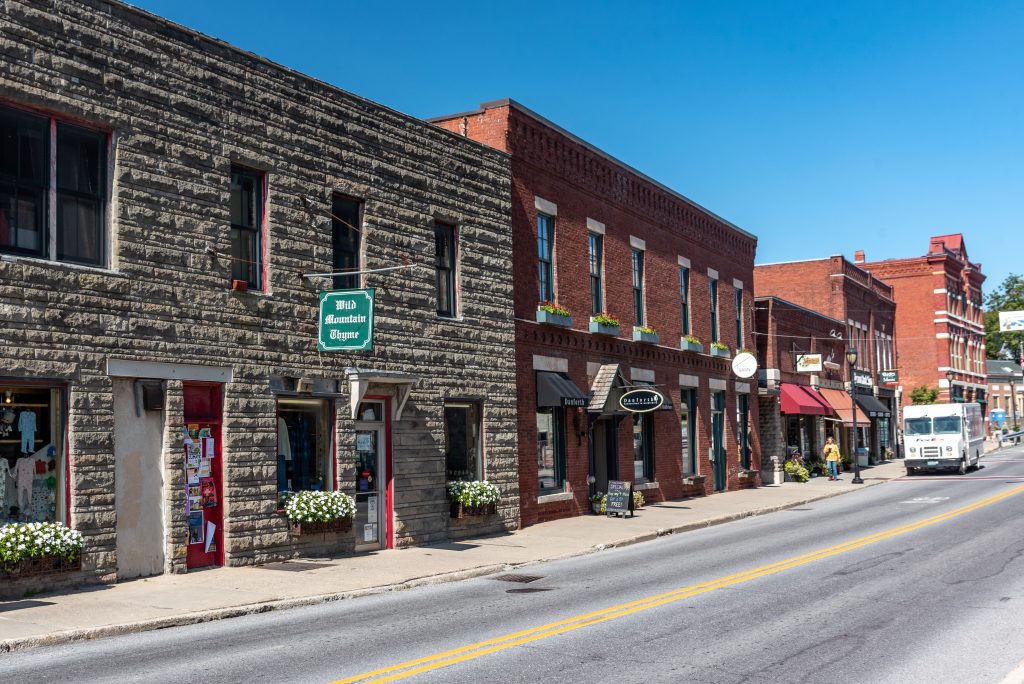
Today, Act 250 has some elements that help support smart growth development, including criteria that examine the costs of scattered development (Criterion 9H), as well as whether a project contributes to sprawl (9L). However, despite these, Act 250 does very little to evaluate how a project’s location contributes to the overall development pattern; ten apartments in a downtown is reviewed the same way as ten houses in a forest block.
The result? With projects reviewed on a case by case basis, without strong consideration of the overall context, we get incremental development which may not ultimately add up to our smart growth goals.
While there are many reasons other than Act 250 that smart growth is challenging, two key changes to Act 250 could help promote smart growth:
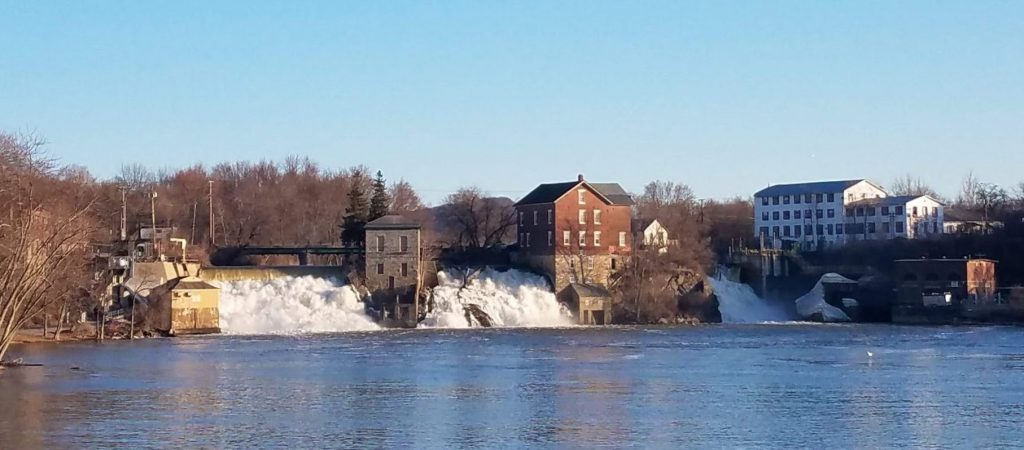
Make location matter – Today, whether Act 250 applies to a project, and how the criteria apply, is not based on where your project is located (with the exception of development above an elevation of 2,500 feet). When evaluating projects under Act 250, little consideration is given to whether you are in a greenfield, a sensitive natural area, or an already developed area.
A tiered approach to jurisdiction that prioritizes compact areas (like downtowns and villages) while also ensuring more careful review of important natural resources in outlying areas (like forest blocks, agricultural soils, and important natural areas) could help promote a smart growth pattern. As gateways to communities, interchange areas also merit additional consideration.
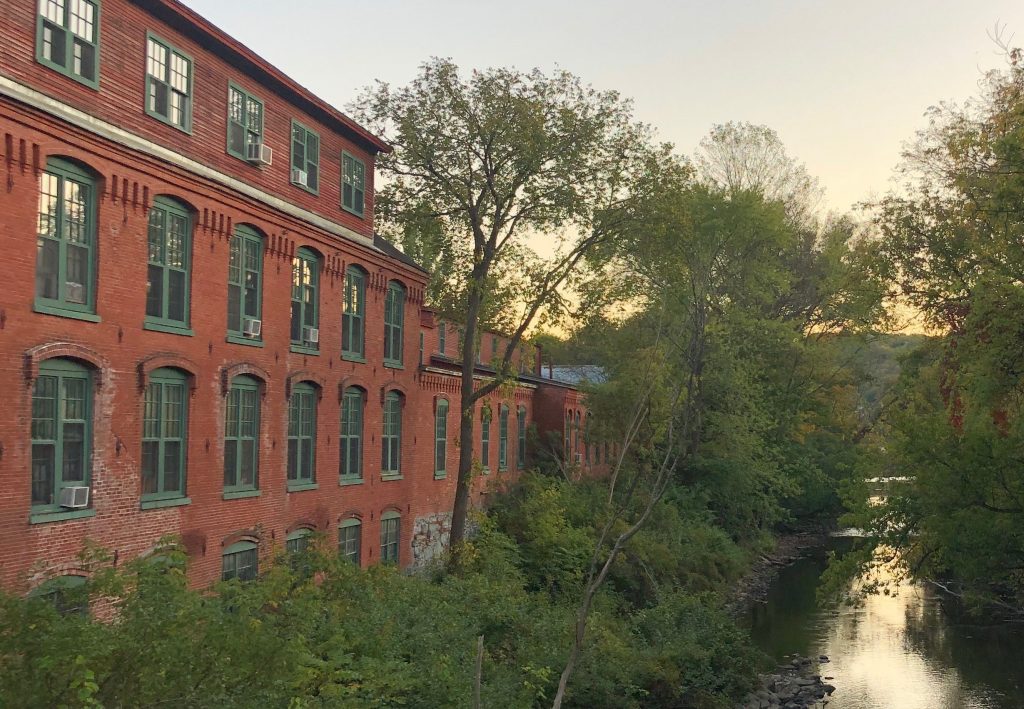
Make sure projects fit into the big picture – The state capability and development plan originally envisioned by Act 250 contained principles and maps to show how uses related to each other (within and across municipal boundaries). This helped to promote a settlement pattern that supported downtowns and villages and minimized sprawl. However, without those plans, Act 250 reviews projects in a piecemeal way.
Updating and using the Capability and Development Plan, integrating our state’s planning goals (24 V.S.A. 4302) into Act 250, and strengthening regional and municipal plans would help achieve the desired settlement pattern. It would provide guidance and more certainty to applicants on where and how Vermont should grow, while building from local and regional visions.
Strong local and regional planning, as well as up-to-date resource maps, are essential complements to these policies, and would help ensure that development review is built on local and regional visions while reflecting state goals and resources of state importance. The state needs to continue and increase its investment in municipal planning grants and regional planning commissions to provide the successful foundation.
Commentary: Proposed Act 250 changes support smart growth

“Despite the many housing, transportation, and affordability benefits that have come from our smart growth approach over the last thirty years, it is not enough. We are falling short in Vermont, and in the process we’re losing things we care about. We are seeing the hollowing out of our downtowns and rural villages, the heart and soul of our small towns – places where we can connect with one another and support local businesses. We’ve also seen the steady chopping up and development of our working lands, the farm and forestland that give us both an important economic engine and a renowned landscape.
Two tools to address these issues can be found in a bill, H.926, that modernizes Act 250, Vermont’s 50-year-old development review law. The proposed changes aim to promote development and vitality in our community centers and better protect the integrity of our forests.”
Click here to read the full text of Kate McCarthy’s commentary from July 2020.
Learn more about Act 250
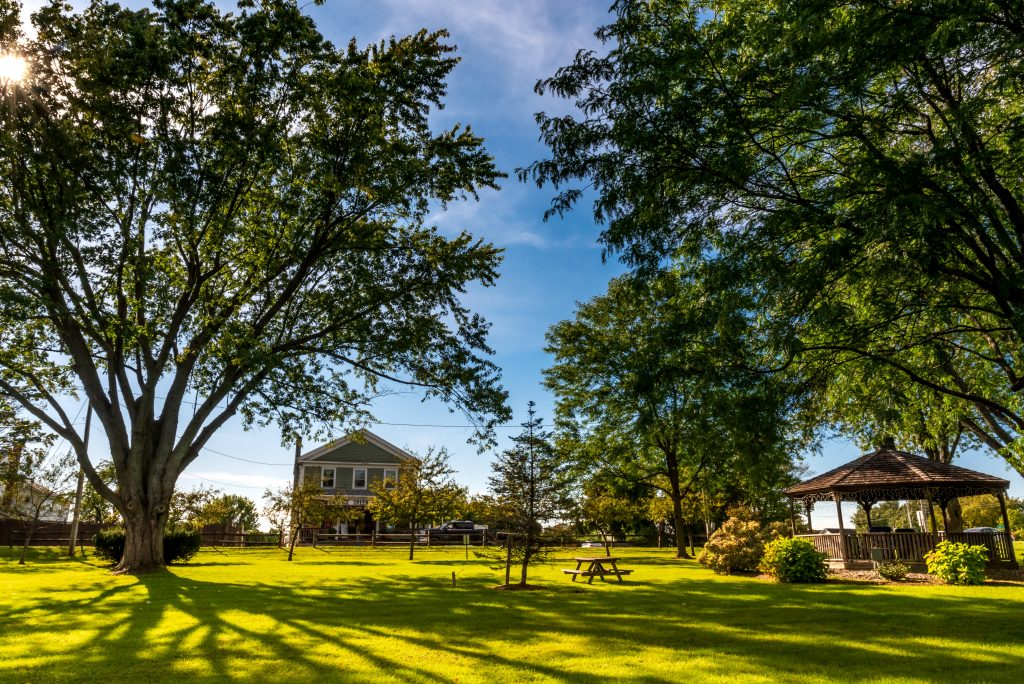
Act 250 in its current state, despite its many strengths, is not equipped to meet all of today’s challenges, chief among them climate change.
Now is our chance to shape how the law can better serve Vermont in the next 50 years.
In 2020, VNRC is advancing a carefully balanced package that will make Act 250 better for the environment, business, communities, and interested citizens. We believe this bill presents a reasonable, balanced approach to ensuring that Act 250 adequately protects Vermont’s environments and communities, culminating decades of VNRC’s work with partners to this goal.
Click here to follow VNRC’s progress on modernizing Act 250.
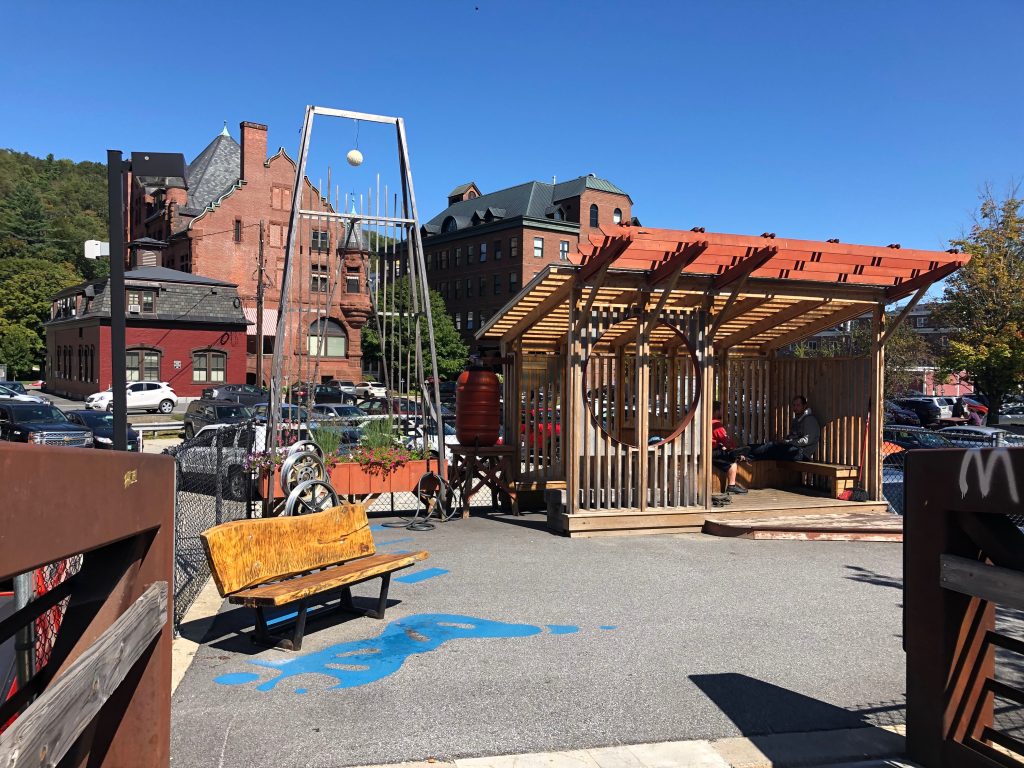
With questions or comments about Act 250 and how it relates to Vermont’s downtowns, please contact Kati Gallagher, Sustainable Communities Program Director, at kgallagher@vnrc.org or 802-223-2328 x114.




